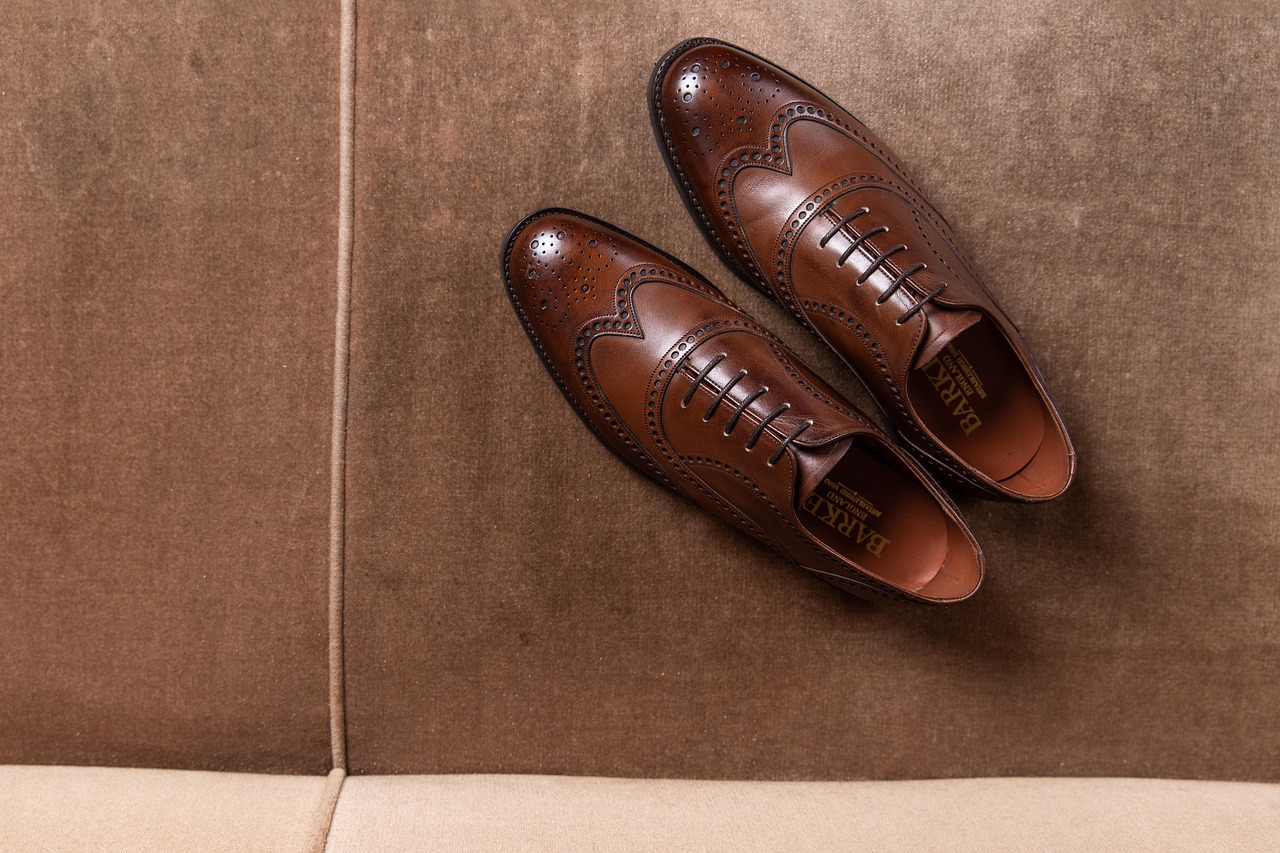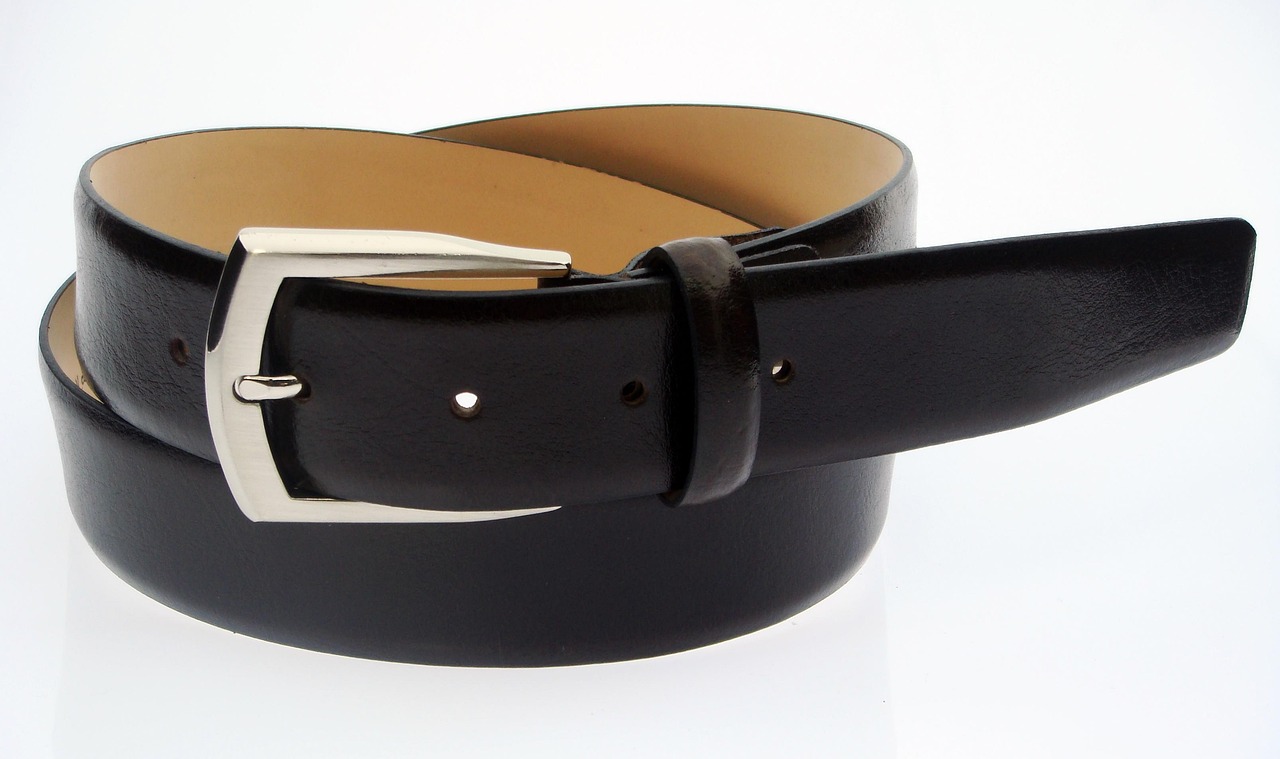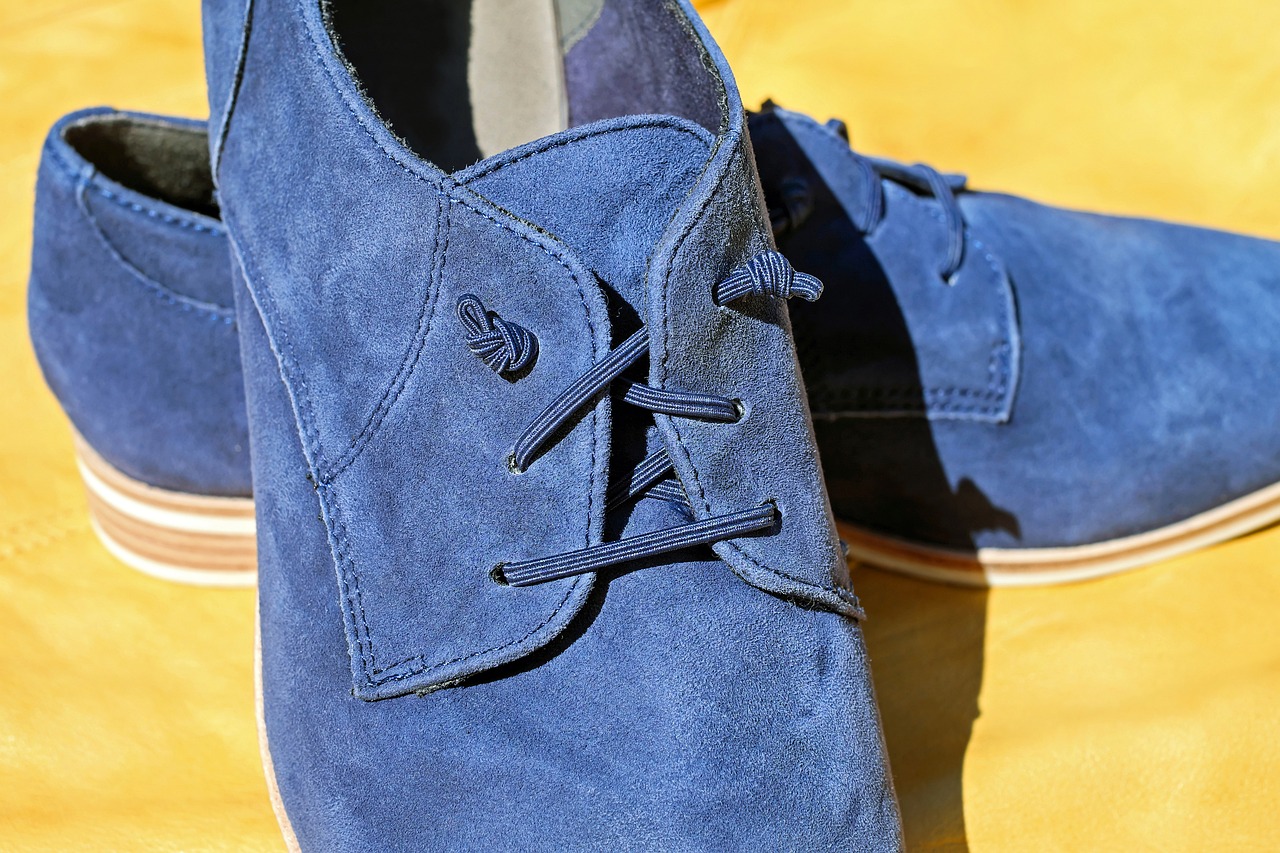
Throughout history, leather has accompanied humans in their daily lives: from tools and clothing to decorative elements. In the footwear industry, it remains one of the most valued materials for its durability, resistance, and aesthetics. Although synthetic materials have gained ground in recent decades, leather maintains its place as a synonym for quality.
In Paraguay, this tradition has deep roots. As a country with a consolidated livestock economy, leather production has been a key complementary activity, especially in departments such as Paraguarí, Caaguazú, and Central, where artisanal workshops and small family tanneries exist. Towns like Atyrá, in the Cordillera department, stand out for their manual crafting of boots, belts, saddles, and other leather goods, preserving techniques that are passed down from generation to generation.
Additionally, various rural and indigenous communities in the Chaco and eastern regions of the country have also historically worked with leather in an ancestral relationship with the environment: crafted artisanally and respectfully, leather is used to make everyday objects, clothing, and decorative pieces, often using natural techniques that utilize every part of the animal. In these contexts, leather is not just a useful resource, but also a cultural symbol deeply linked to collective identity.
Understanding what leather is, how it's made, and why it remains a preferred choice allows us to appreciate not only the footwear we wear, but also the impact our choices have on sustainability, the local economy, and the preservation of traditions.
2. What is tanning and why is it so important?
The tanning process converts animal hide into leather, that is, into a durable, flexible material resistant to the passage of time. Without this step, raw hide would decompose quickly, just like any organic tissue.
This process prevents putrefaction and stabilizes the structure of collagen fibers present in the hide. There are several tanning methods, but the two most commonly used are:
Vegetable tanning
This method uses tannins, natural compounds extracted from trees and plants, such as quebracho or mimosa. The hides are submerged for weeks in vats with these extracts, allowing the plant compounds to slowly penetrate the fibers. The result is a firm leather with a natural appearance and aroma, ideal for belts, saddles, and artisanal footwear.
In addition to being one of the oldest methods, vegetable tanning is appreciated for its lower environmental impact, as it doesn't require aggressive chemicals. However, it is a slower and more expensive process.
Chrome tanning
In this method, hides are treated with salts of the metallic mineral chromium, especially chromium sulfate. The process is much faster: in a matter of hours, you get soft, flexible leather that's easy to dye. That's why it's the most widely used industrially, especially in modern footwear manufacturing.
However, chrome tanning can generate contaminating residues if not carried out with adequate effluent treatment. That's why many tanneries today seek a balance between efficiency and environmental responsibility.
Other methods
There are also mixed methods (vegetable + chrome) and new metal-free tanning technologies that seek to improve sustainability without sacrificing leather quality.
3. Types of leather and their uses in footwear
Not all leather is the same: depending on its treatment and finish, it can vary in texture, resistance, and aesthetics. One of the most used in footwear is smooth leather, although there are other variants like nubuck or suede. Let's see the differences:
Smooth leather

It's the most common leather in traditional footwear and is obtained from the outer layer of animal hide. Its surface can be kept natural or receive different treatments, such as sanding, polishing, or pigmentation, to achieve a more uniform and attractive finish.
It can also be treated with fats or waxes to make it more water-resistant, making it an excellent option for boots, work footwear, or intensive-use shoes.
This type of leather combines durability, good appearance, and ease of maintenance, which is why it remains the preferred choice in both artisanal and industrial footwear.
Nubuck
Nubuck is leather that's sanded on its outer surface to give it a soft, velvety texture. It's visually attractive and elegant, although more sensitive to humidity and stains. It's mainly used in urban or casual footwear.
Suede

Suede comes from the inner side of the hide, which gives it a softer and lighter texture than nubuck. It has a similar appearance but is less resistant, so it's mainly used in informal and decorative footwear.
Conclusion
Leather has been, and continues to be, one of the most valued materials in the footwear industry for its durability, aesthetics, and connection to deep cultural traditions. In Paraguay, this connection manifests both in production and in daily use of leather, with roots ranging from family workshops to communities that honor ancestral techniques.
Understanding what leather is, how it's produced, and how to care for it not only allows us to make better choices, but also to appreciate the impact our decisions have on the local economy, sustainability, and the preservation of traditions.
👉 To learn more about our leather treatment products, visit the Products section.




